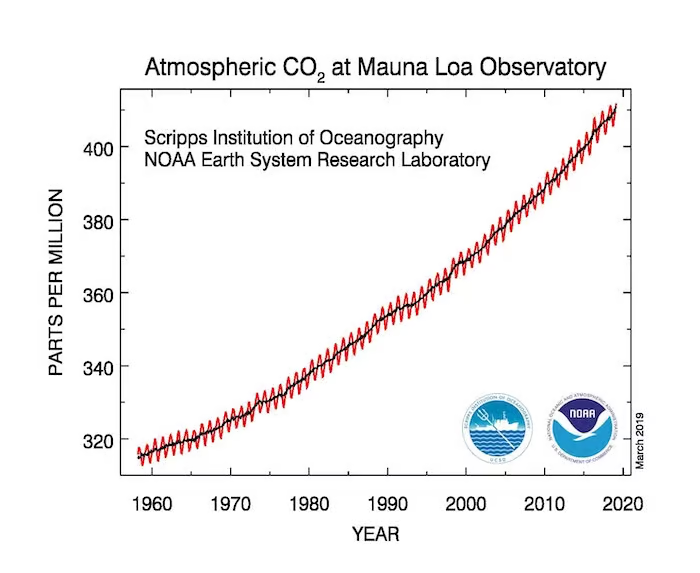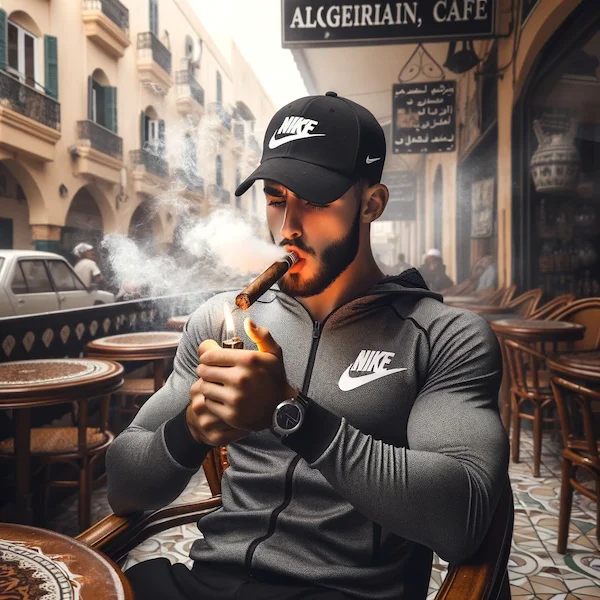Introduction
Global warming is an occurring and accentuating phenomenon. Prominent experts believe global warming is one of the leading causes of climate change. However, global warming is not to be taken lightly as it has the potential to cause: heat waves, changes in rain patterns, rising sea levels, and melting of glaciers. In this article, we'll inform you about the latest trends observed in the climate change domain and determine what role you can play to stop it.
What is Global Warming?
Global warming is the term used to describe the gradual increase in average global temperature due to the burning fossil fuels and other human activities. In addition, industrial developments, agriculture, and pollution on land/sea increase the impacts of global warming.
The gases in these activities trap more of the sun's energy - raising the Earth's temperature. As a result, glaciers and ice sheets are melting, sea levels are rising, extreme weather events are becoming more frequent and intense, and global ecosystems are being disrupted.
Since the 1880s, the global temperature has risen by 1.8°F (0.9 degree Celsius) from the U.S. Global Change Research Program's (USGCRP) website. Global warming, as of today, is impacting human health and the environment.

How has Human Activity Contributed to Global Warming?
Human activity is mainly responsible for global warming due to burning fossil fuels and other activities that release greenhouse gases into the atmosphere. These gases trap more of the sun's energy, causing global temperatures to rise, so governments should enact a climate crisis deadline.
In addition, deforestation has reduced the ability of Earth to absorb CO2 from the atmosphere, worsening global warming. Due to this, we have seen significant results in global temperature. Arguments have been put forth that the increase in temperature could cause earthquakes.
Furthermore, human activities significantly influence the changes in the biosphere, ocean, atmosphere, and cryosphere. Water pollution and other man-made toxic chemicals also affect global warming activities. About 1.2 trillion (source: Plainville's Municipal Center) of industrial wastage is dumped into US water.
The CO2 (Carbon dioxide) concentration has increased since the industrial age. According to NASA report, 11% CO2 concentration was increased since 2000.
Moreover, it is a bitter fact that more than 15 billion trees are cut down yearly to make paper and other stuff. Due to this, forest degradation and deforestation play a part in global warming every year. Other than this, farming and other agricultural activities produce methane gas and CO2, resulting in a rise in the temperature of the Earth.
In addition, biological activities such as volcanoes, forest fires, evaporating of water vapours, and the melting of permafrost also cause global warming and climate change.

What are the Impacts of Global Warming?
Earth's rising temperatures have serious impacts in terms of the environment, economics, and society. The rise of temperatures is causing intense weather events in different parts of the world such as heatwaves, floods, droughts and more severe hurricanes, which are spreading destruction in many affected areas. The lack of freshwater sources will also become a growing problem due to climate change.
As sea levels augment due to polar ice caps melting, low-lying islands and coastal regions are at risk of flooding. Also, the melting of glaciers has raised the water sea level by 8 to 9 inches since the 1880s. Information from Rebecca Lindsey from the National Oceanic and Atmospheric Administration (NOAA). Moreover, the US coastlines are predicted to rise by 12 inches by 2050 according to NASA.
In addition, increased ocean acidification could make it difficult for marine species to survive. All these effects could destabilize economies and societies worldwide if not addressed promptly.
It greatly influences productivity growth and damages property, infrastructure, and mass migration. Global warming does also impact the temperature.
The Earth has become 1.1 °C hotter than in the 1880s according to the United Nation's data. It has given rise to heat waves and humidity, which are affecting human health.
Plus this phenomenon has been argued to potentially be a trigger for earthquakes. Read this article about how could climate change potentially cause earthquakes..
Furthermore, increase of earth's temperature and climate increase the risk of diseases such as Giardiasis, Anthrax, and many others. Also, asthma and allergies will become more common due to global warming. Air pollution will increase, which will give rise to pathogens and mosquitoes because they favour these conditions.
Scientists also predict that upcoming global warming threats will have an impact on freshwater and marine life. In addition, CFCs (Chlorofluorocarbons) is a dominant green gas, which affects the Earth's ozone layer. Thus, the temperature increases and leads to global warming.
Are There Solutions for Tackling Global Warming?
Yes, many solutions are available to reverse the earth's rising temperatures. These include increasing energy optimizations by migrating towards sustainable energy sources such as solar, wind, geothermal, and hydropower. It will prevent emissions of greenhouse gases in the atmosphere and lessen the effect of global warming.
On the construction site, we see several legacy power sources being leveraged. We can also tackle today's earth's rising temperature issues by renovating the power sources used in these sites. This will reduce greenhouse gas emissions. In addition, It is known that motor trucks emit a lot of carbon dioxide into the air. Therefore, replacing combustion engine trucks with ones that leverage cleaner power sources is better.
Additionally, planning a budget for infrastructure that is clean towards the environment, like solar panels, planting of vegetation, and all things that facilitate photosynthesis.
Moreover, lowering carbon dioxide releases through methodologies such as changing agricultural practices to increase land and soil health will also minimize mother nature's suffering induced by human activity.
How Can We Prepare for a Warmer Climate?
To best prepare for a warmer climate, we must step ahead and make a plan. But, then, we should take action before the effects become irresistible for our lives. One of the ways is to reduce the carbon footprints and get yourself into environmentally-friendly practices, including recycling, energy conservation, and reusing waste material. This way, it will decrease the impacts of global warming.
Here are some of the ways for you to protect yourself from extreme heat and warmer climates:
- Do maintenance of your home or office AC system. Before the weather becomes warmer, make sure the system is working correctly.
- Warmer conditions may dehydrate you, so it's better to keep stocking up on water to keep your body cool and hydrated.
- Don't wear heavy colours; it attracts sun rays.
- Water your plants daily, as they can reduce the amount of CO2 around you and keep your location cooler.
- Due to warmer weather, protect yourself from heat waves, cramps, heat exhaustion, and heat stroke.

